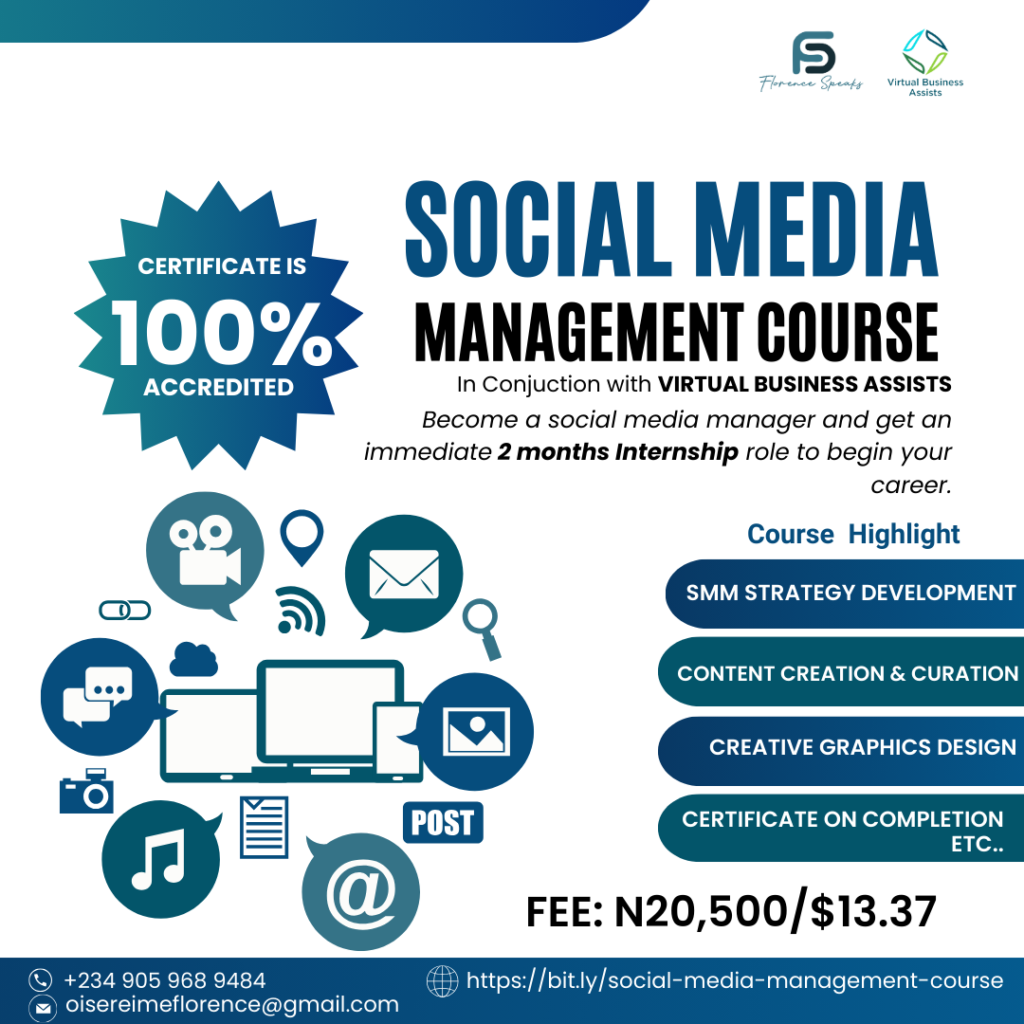In the bustling marketplace of today, standing out is more challenging than ever. Businesses are not just competing on the quality of products or services they offer but also on the strength of their brand. Branding is the process of creating a unique identity for your business that resonates with your target audience. It’s more than just a logo or a catchy tagline—it’s the perception that customers have about your business. Let’s delve into why branding is crucial and how you can build a strong brand identity.
Why Branding Matters

- Differentiation: In a crowded market, branding helps your business stand out. A well-defined brand makes it easier for customers to recognize and remember you.
- Customer Loyalty: Strong brands foster trust and loyalty. When customers have positive experiences with your brand, they’re more likely to return and recommend your business to others.
- Consistency: Branding provides a framework for maintaining consistency across all your marketing efforts. Consistent messaging helps reinforce your brand identity and makes it more memorable.
- Emotional Connection: Great brands create an emotional connection with their audience. This connection can turn customers into advocates who are passionate about your brand.
Building Your Brand Identity
- Define Your Brand Purpose and Values: Start by clarifying your brand’s purpose—why does your business exist? What values drive your business decisions? Understanding your purpose and values will guide all your branding efforts.
- Know Your Audience: To build a brand that resonates, you need to understand your target audience. What are their needs, preferences, and pain points? Tailor your brand messaging to address these insights.
- Craft Your Brand Story: Storytelling is a powerful tool in branding. Share the journey of your business, the challenges you’ve overcome, and the mission you’re on. A compelling brand story can humanize your business and create a deeper connection with your audience.
- Create a Visual Identity: Your visual identity includes your logo, color palette, typography, and imagery. These elements should be cohesive and reflect your brand’s personality. Invest in professional design to ensure your visual identity is polished and appealing.
- Develop Your Brand Voice: Your brand voice is the tone and style of your communication. Whether it’s friendly, authoritative, or playful, your brand voice should be consistent across all channels and materials.
- Be Consistent Across All Touchpoints: From your website and social media to your packaging and customer service, every interaction with your brand should be consistent. Consistency builds trust and reinforces your brand identity.
- Engage with Your Community: Building a brand is not just about broadcasting your message—it’s also about engaging with your audience. Listen to feedback, participate in conversations, and show that you value your customers’ opinions.
- Evolve with Time: Brands are not static; they evolve. Stay attuned to changes in your industry and audience preferences. Be willing to adapt and innovate to keep your brand relevant.
Conclusion
Branding is a continuous journey of building and nurturing your business identity. It’s about creating a memorable experience for your customers and standing out in a crowded market. By defining your purpose, understanding your audience, and maintaining consistency, you can build a strong brand that resonates and endures. Remember, your brand is the story people tell about your business—make it a compelling one.

